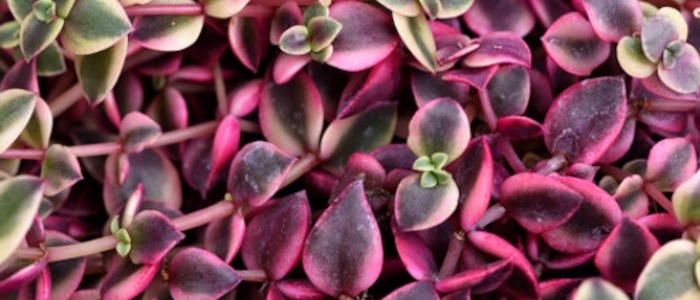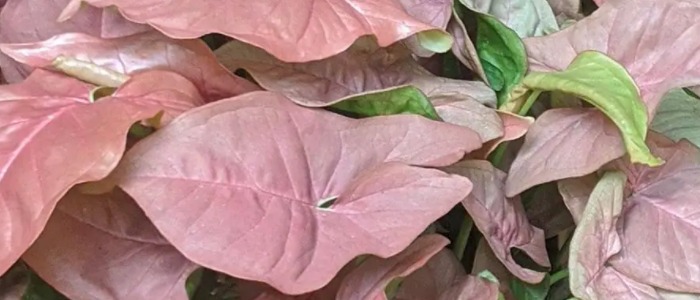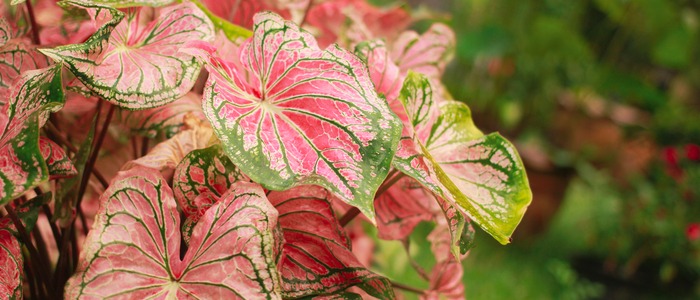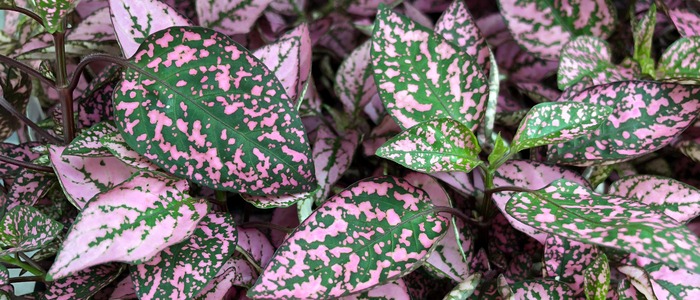The pink Ixora plant, also known as Ixora coccinea, is a popular tropical shrub that is native to Southeast Asia. It is well known for its beautiful clusters of vibrant pink flowers that bloom throughout the year. This plant is an excellent choice for your garden due to its beautiful blooms, low maintenance requirements, and its ability to attract pollinators. In addition, it also adds a tropical touch to your garden and can be grown in a variety of soil types.
Your Ixora plant will grow to about 4-6 feet tall, it also requires full sun to partial shade and prefers well-drain soils to thrive. In this outline, we will explore the various aspects of the pink Ixora plant, including its care requirements, propagation methods, and common uses in landscaping and gardening.
Pink Ixora Plant Frequently Asked Questions
Does the Ixora plant prefer sun or shade?
The pink Ixora plant popular tropical shrub that is native to Southeast Asia. It prefers full sun to partial shade and thrives best in well-drain soils.
Can you grow the pink Ixora from cuttings?
Yes, the pink Ixora plant can be grown with stem cuttings, propagation through stem cuttings involves taking a cutting from the plant's stem, typically around 6 inches in length, and removing the lower leaves. The cutting is then planted in a well-draining soil mixture and kept moist until roots develop.
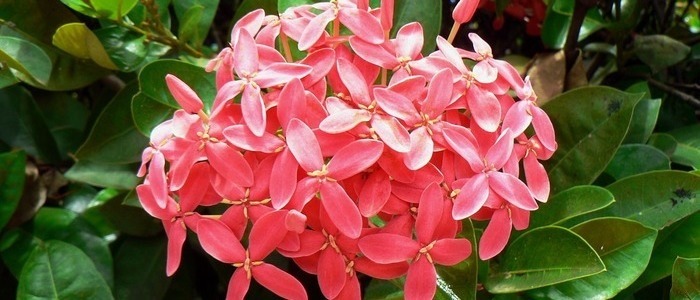
Pink Ixora Plant Care
The pink Ixora plant thrives in loamy, well-drained soil that is rich in organic matter and has a pH range of 5.5–6.5. This plant also requires regular watering, however, the soil should not be waterlogged, as this can lead to root rot.
This tropical shrub also prefers full sun to partial shade, and it is a good idea to protect it from strong winds. The optimal temperature range for the pink Ixora is between 60-85 degrees Fahrenheit, and it is extremely sensitive to frost and cold temperatures.
It is important to provide this plant with regular fertilization to promote healthy growth and blooming. Overall, caring for the pink Ixora plant requires attention to its growing requirements, including soil type, watering needs, sunlight exposure, and temperature range. This plant will thrive and be a beautiful addition to your landscaping or home gardening project with proper care.
Pink Ixora Plant Propagation
Propagation of the pink Ixora plant can be done through a couple of methods, these are stem cuttings and air layering techniques.
Propagation through stem cuttings involves taking a cutting from the plant’s stem, typically around 6 inches in length, and removing the lower leaves. The cutting is then planted in a well-draining soil mixture and kept moist until roots develop.
On the other hand air layering involves making a small cut in the stem of the plant, wrapping it with moist sphagnum moss, and covering it with plastic wrap. With this method, roots will eventually form in the moss, and the new plant can be cut away and planted once it has developed a strong root system.
Once done correctly both methods can be successful, and it is recommended that you experiment with both to see which works best for your specific plant and growing conditions. With proper care and attention, the pink Ixora plant can be propagated and grown to create a stunning display in your garden or landscape.
How to Prune Pink Ixora Plant
Pruning is an important aspect of maintaining the health and appearance of the pink Ixora plant. It is best to prune the plant after it has finished blooming, typically in late summer or early fall. The first step is to remove any dead or diseased branches and any branches crossing or rubbing against each other.
This will help to improve air circulation and prevent the spread of disease. Next, you can shape the plant by cutting back any branches that are growing too long or out of shape. It is important to use clean, sharp pruning shears to make clean cuts
Common Problems with the Pink Ixora Plant
Common pests that can harm the pink Ixora plant include spider mites or aphids. Inspect your plant carefully if you notice any signs of infestation, such as yellowing leaves or tiny webs, it is important to take action immediately. You can try using natural remedies such as neem oil or insecticidal soap, or consult a professional for more severe cases.
In addition, keep an eye out for common diseases such as leaf spot or root rot, and take preventative measures such as avoiding overwatering and providing adequate drainage. By taking care of pests and diseases promptly, you can help ensure your pink Ixora plant’s long-term health and beauty.
Conclusion
Overall, caring for a pink Ixora plant requires attention to its unique needs, including proper watering, fertilization, pruning, and pest and disease management. With the right care, your pink Ixora plant can thrive and provide a stunning display of vibrant blooms for years to come.
Other Pink House Plants
